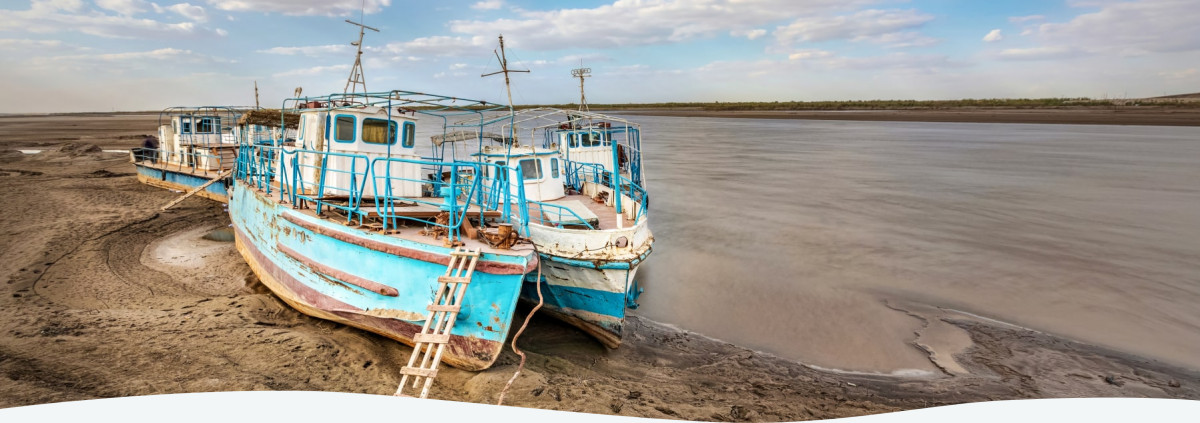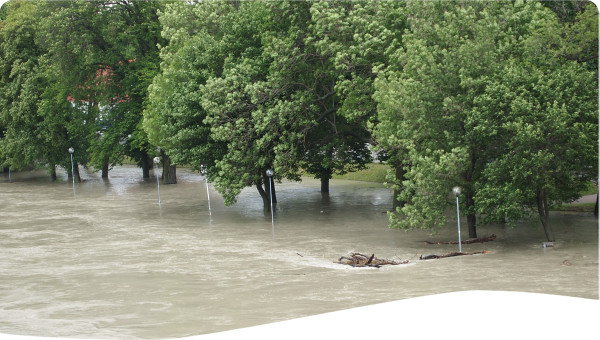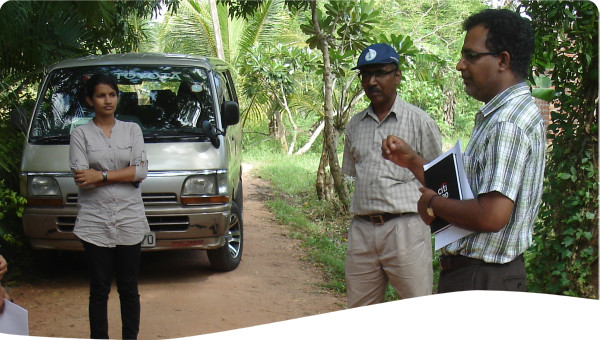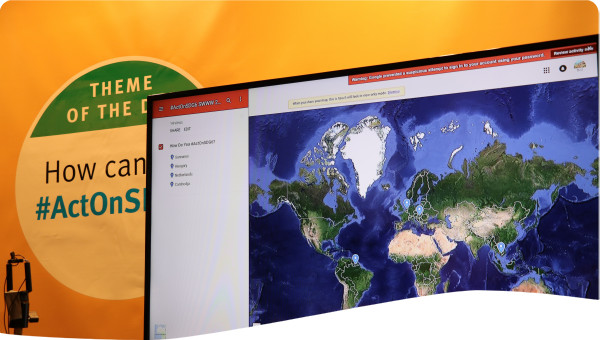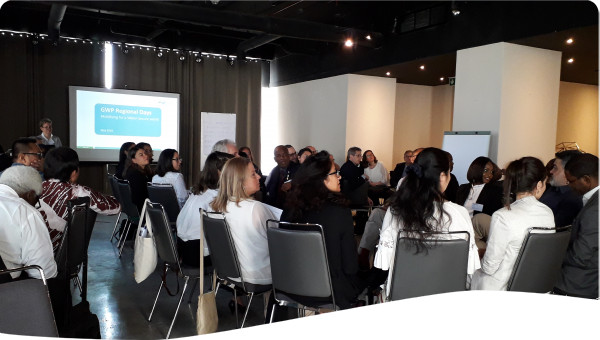The World Bank has conducted feasibility studies in order to offer input for the decision making process over the construction of the Rogun dam. This case study describes the impact of the World Bank feasibility report on the cooperation over transboundary water resources between Uzbekistan and Tajikistan.
Uzbekistan and Tajikistan are the neighbouring landlocked countries located in Central Asia. Both the countries are categorized as lower middle-income countries by the World Bank. Uzbekistan has enormous gas resources and a major source of economy while the Tajikistan has considerable reserves of water resources consisting of glaciers, rivers, lakes, and underground waters. During Soviet times, the Soviet government decided to turn Central Asia into the cotton producing center of the Soviet Union, which was supposed to provide enough cotton for all of the Soviet Union. Under Stalin, the cotton sector grew increasingly for that specific purpose. In order to increase the cotton production, large quantities of water were needed. Therefore, the Soviet government initiated the building of large irrigation systems. Energy-poor upstream Kyrgyzstan and Tajikistan were supposed to release enough water for the cotton-producing and energy-rich downstream countries. In return, the energy-rich downstream countries provided the upstream countries with enough energy supplies. The Central Asian countries cooperated and complemented each other in the supply of natural resources and have arranged the allocation of water and electricity resources in Central Asia. When the Soviet Union collapsed in 1991, these arrangements were kept in place by the Central Asian countries through signing the Almaty Agreement in 1992. However, Tajikistan and Uzbekistan developed competing needs for water. Uzbekistan needs water resources for irrigation, since the country is economically dependent on agriculture. Tajikistan needs water in order to generate hydropower as it lacks electricity supply.
In order for Tajikistan to be independent from Uzbekistan in its electricity supply, Tajikistan expressed its aims to resume the construction of the Rogun Dam. The construction of this dam had already started in 1976 but halted when the civil war (1992-1997) broke out in Tajikistan. As soon as Tajikistan expressed these aims, Uzbekistan showed its concerns and opposed the construction of the dam.
As the conflicts on water allocation outraged between Tajikistan and Uzbekistan, Tajikistan requested the third party- World Bank´s involvement in the assessment of the feasibility of the construction of the Rogun Dam. The World Bank agreed and undertook feasibility studies by examining the risks and benefits of constructing the dam. The feasibility study consisted of five riparian consultations and two main studies (Techno-Economic Assessment Study (TEAS) and the Environmental and Social Impact Assessment (ESIA), which was completed in June 2014. The main goals of the TEAS were to examine basic geological and hydrological data, engineering and design issues, construction costs and schedule and economic and financial feasibility of the construction of the Rogun Dam while, ESIA were to examine what impact the construction of the Rogun Dam would have on the environment and on society. In order to test the feasibility of the Rogun Dam and its impact on the Vakhsh cascade projects, the World Bank facilitated five consultation meetings for the riparian countries as well as several civil society organizations and two reports were issued on the feasibility of the dam. The World Bank recruited different independent parties to conduct the feasibility studies. The role of the World Bank itself was to monitor and supervise the study and its process. In June 2014, the World Bank eventually gave a positive opinion on the construction of the Dam.
The feasibility studies were carried out in a transparent way. The World Bank only invited independent parties to be involved in the study. There was no involvement of any political parties. The World Bank took its role as a third, neutral party seriously. Despite the fact that the feasibility report was published, it did not change the situation between Tajikistan and Uzbekistan significantly. In July 2015, the Uzbek government announced that it will not support the construction of the Rogun Dam under no circumstances.The feasibility report of the World Bank did not contribute to a better cooperation over water
resources between the two countries.
Neutral third party involvement is not necessarily a guarantee for improvement of transboundary cooperation over water.
Facilitating a dialogue between different stakeholders is important in order to foster cooperation. Dialogue refers to discussion with the purpose of enhancing mutual understanding. The World Bank facilitated meetings to enhance the mutual understanding between all six riparian states.
A broad strategy needs to be developed in order to satisfy both countries´ needs for water. This means that dialogue needs to be stimulated between the countries in order to obtain a shared strategy.
The TEAS and ESIA reports presented by the World Bank are a good attempt to provide a neutral way to assess the feasibility of the possible construction of the Rogun Dam and its impact on other Vakhsh cascade projects.
Intervention tools of conflict resolution, like facilitation, fact-finding and dispute review boards and panels need to be established in order to attempt to mitigate conflict over water resources.
 Case studies
Case studies